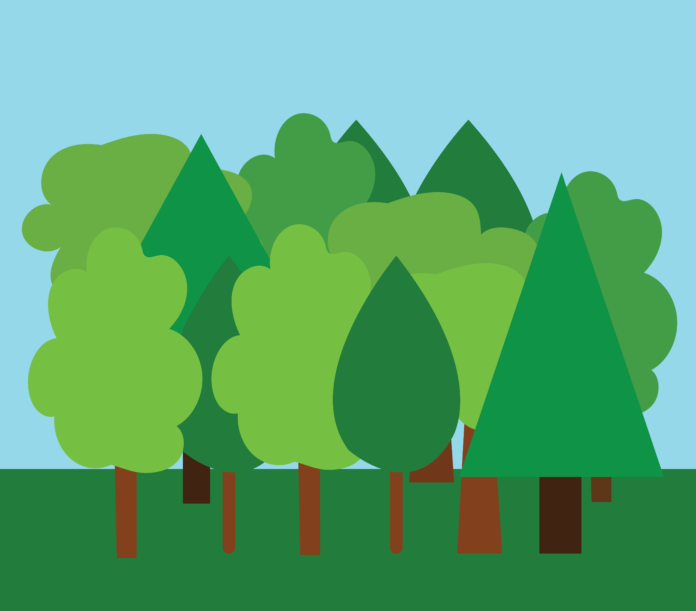While there are currently about 64,000 known tree species, a study published in Proceedings of the National Academy of Sciences predicts there are over 9,000 species still unknown.
To predict this, a team of researchers used global databases from a project called TreeChange and the Global Forest Biodiversity Initiative. Then, by using artificial intelligence, the total number of species both known and unknown was found to be just over 73,000, leaving roughly 9,000 tree species a mystery.
This is no surprise to Dr. Steve Murphy, a UW professor under the Faculty of Environment and head of the Conservation and Restoration Ecology (CaRE) research group.
“Taxonomy is a second thought to people, it has improved with environmental DNA technology and DNA fingerprinting, a lot more goes into what the trees do in terms of ecosystems, etc.,” Murphy said.
However, discovering new species of trees is an essential step in research and can give rise to new medicinal or material purposes.
“The fundamental curiosity is what drives science… it also gives you an idea of how much diversity and specialization there may be and what kind of potential there is for adaptation,” Murphy added.
Many of these unknown species are said to be from tropical and subtropical forests located in South America, Asia, Oceania and Africa. Thus, the way land is managed across continents will directly affect the potential to identify thousands of undiscovered species.
Cataloging these new species could potentially give rise to more focused protection and conservation efforts.
“They could start getting into things like legal projections that are based upon the identity of species for endangered species regulations, whether or not the government enforces that is the problem…this is one of the reasons why there is an imperative to try to figure out where these things are because they are probably disappearing faster than we catalogue them,” Murphy said.
As a student, there are few opportunities to make an impact on conservation efforts on a global scale. However, Murphy says voting for a government with environmental priorities can create change.
“The biggest thing you want to be able to do is to see you’re going to have to have a concerted, larger-scale government effort and for that, you have to exercise political power…what you want to do is ensure you have a government that will take it seriously both at home and also look at exerting pressure elsewhere,” Murphy said.
In addition to voting in governments that prioritize conservation and sustainability, students can donate to or volunteer with local conservation authorities.
“One of the take-home messages for the public concerning our study is there’s a lot we still need to learn about nature and the planet, and much of what we don’t know is pretty critical for our ability to maintain and sustain human life, and the function of nature,” said co-senior author Peter Reich, a professor and director of the Institute for Global Change Biology at the University of Michigan in an article by CBC News.
Currently, Reich and his colleagues are working towards mapping tree species diversity.































